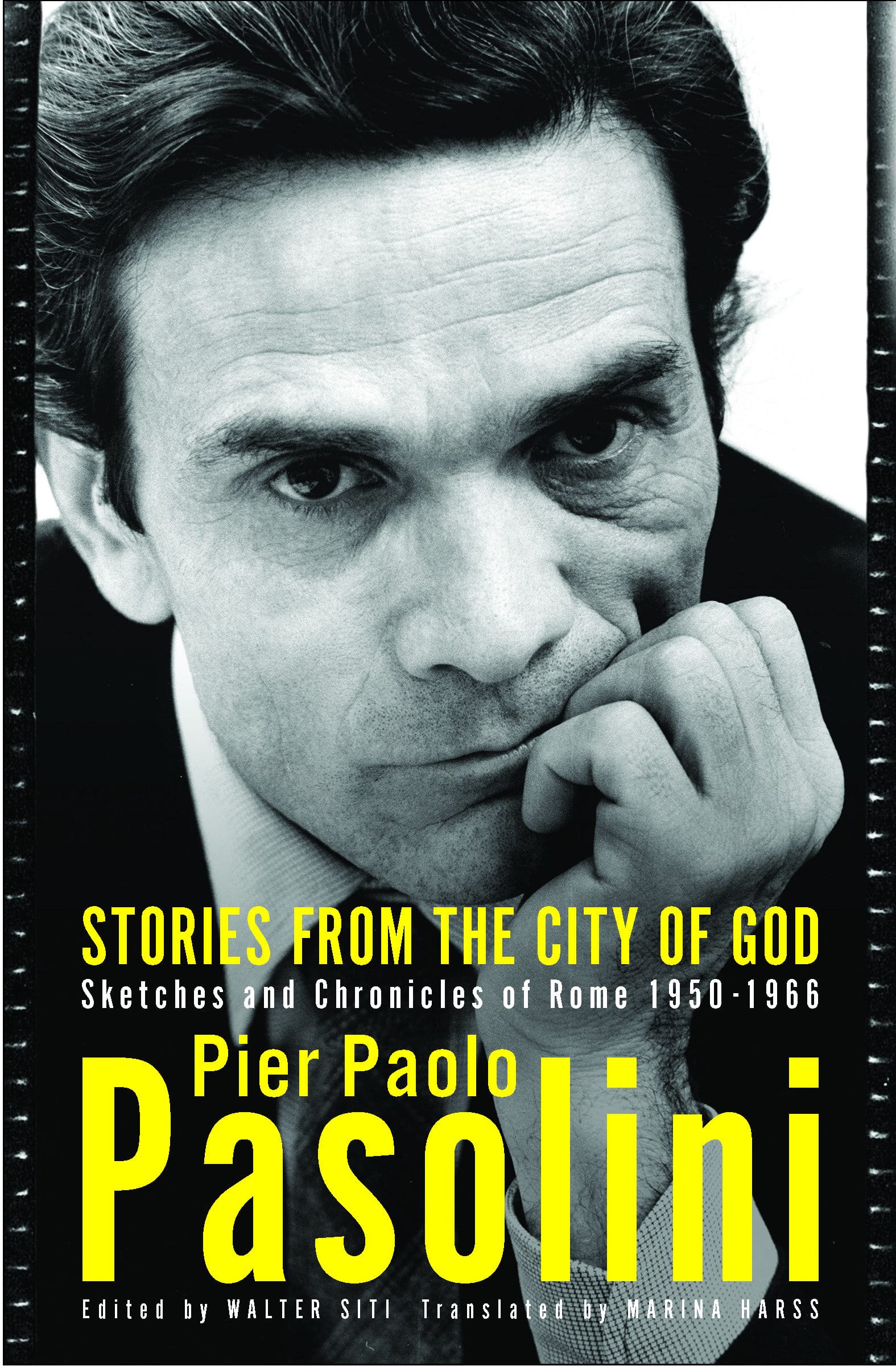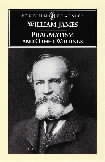Stories from the City of God: Sketches and Chronicles of Rome
| by |
|---|
15.00 JOD
Please allow 2 – 5 weeks for delivery of this item
Description
Now in paperback, a collection of the legendary filmmaker’s short fiction and nonfiction from 1950 to 1966, in which we see the machinations of the creative mind in post-World War II Rome.In a portrait of the city at once poignant and intimate, we find artistic witness to the customs, dialect, squalor, and beauty of the ancient imperial capital that has succumbed to modern warfare, marginalization, and mass culture. The sketches portray the impoverished masses that Pasolini calls “the sub-proletariat,” those who live under Third World conditions and for whom simple pleasures, such as a blue sweater in a storefront window, are completely out of reach. Pasolini’s art develops throughout the works collected here, from his early lyricism to tragicomic outlines for screenplays, and finally to the maturation of his Neo-realism in eight chronicles on the shantytowns of Rome. The pieces in this collection were all published in Italian journals and newspapers, and then later edited by Walter Siti in the original Italian edition.
Additional information
| Weight | 0.28 kg |
|---|---|
| Dimensions | 2.04 × 13.29 × 20.27 cm |
| PubliCanadanadation City/Country | USA |
| by | |
| Format | Paperback |
| Language | |
| Pages | 272 |
| Publisher | |
| Year Published | 2019-5-21 |
| Imprint | |
| ISBN 10 | 1590519973 |
| About The Author | Pier Paolo Pasolini (1922-1975) was the internationally acclaimed writer, poet, critic, actor, director, and filmmaker. Among his most noted films are his epic masterpiece Accatone!, The Gospel According to St. Matthew, Teorema, and Marquis de Sade. He was the author of several novels, most notably The Ragazzi (Ragazzi di vita), as well as books of short stories, essays, and collections of poetry.Walter Siti is a writer, literary critic, and Italian essayist. |
“It’s an enriching experience to read through this collection and feel Pasolini passionately responding to the city, the culture, the people, and the country he knew like he knew his own skin. His voice is like no one else’s—immediate yet grounded in a brilliant and completely individual perspective, lyrical but never blindly romantic. In every single one of these pieces you feel his heroic modern sensibility taking hold, looking misery and cruelty in the eye without flinching, but also celebrating the best in people.” —Martin Scorsese “Pasolini should be better known in English as a writer—as a poet, novelist, and journalist—and this volume provides a good introduction.” —The New Yorker “Marvelous…powerful…moving…In Marina Harss’s lively translation, these ‘chronicles’ are more concrete and colorful than the furious polemics of Pasolini’s last years…to which they make an excellent prelude.” —The Nation “What’s ugly and squalid shows its beauty to Pasolini…The short pieces succeed as portraits of people and place during a certain time…The author opens up a window on hidden Rome, a part of the city that continues to exist in certain dodgy corners and presumably always will.” —Bloomsbury Review “A gorgeous account of Pasolini’s itinerary, migrating between zones of cultural privilege and ‘the lower depths.’…Pasolini’s lightness of touch and breadth of observation combine in a gestural prose with a revolutionary purpose.” —Film Comment |
|
| Excerpt From Book | TRASTEVERE BOY The kid who sells roasted chestnuts at the end of the Ponte Garibaldi gets down to work. He sits in a groove in the parapet of the bridge with a small stove between his legs, looking no one in the face, as if his relationship to the rest of humanity were at an end, or as if he had been reduced to only a hand, not the physical hand of a small boy or an elderly lady, but an abstract hand, a mechanism for accepting payment and delivering merchandise in a rigidly calculated and predetermined exchange. And most likely the young man—he is as dark as a violet, dark as only the boys from Trastevere neighborhood can be—subtracts a few chestnuts from the abstract hand of the customer: one chestnut more on the grille and less in the hand amounts to nothing more than a mathematical calculation, a sum or a subtraction. The customer is an abstract figure, and, morally speaking, the fraud hardly registers. The dark-skinned boy calculates his two sets of parallel figures—chestnuts and lire—with a completely internalized avidity: the trick is destined to succeed. Perhaps even these hours between the afternoon and the evening are an abstraction to him. The evening is nothing less than the moment when the ratio between two contrasting figures reaches its emotional zenith, the moment of truth, conclusive and extraordinary. . . . At that moment (where? On the Via della Paglia? In some neighborhood alley, gloomily perfumed with springtime?) he will calculate his profit. Will the wolf smile then? With his distracted air, a perfect simulation of the most honest indifference, masking his faulty arithmetic, will that embezzled chestnut make his heart leap with joy like any normal heart? It’s a sad truth, but it’s preferable for his heart to beat faster for ten lire won through trickery than not at all. In any case, at this moment he is so preoccupied with his calculations that if there were even a flash of another thought in his head, it would appear in his eye only as the faintest shadow. And so, little by little, in the compact, colorless avidity of the eye, a shadow has begun to form; after all, it would be completely unnatural for an eighteen-year-old boy to have no thought for anything but the struggle between two numerical series. True, it is a struggle for survival: but how many and what diverse vocations coexist in the life of a young Trasteverino? For my part, I would like to understand the mechanisms by which the Trastevere—shapeless, pounding, idle—lives inside of him. His eyes are like two sigils: two black wax seals impressed on the gray of his face which emanates no light from within, an opaqueness amply compensated, certainly, by the intense light of the Roman sky. His heart is like a tapeworm that constantly digests innumerable sighs, screams, smiles, and exclamations; which has digested, without its host’s knowledge, an entire generation of his peers, young men made of something slightly more than clay, young men who are less than Apollos. . . . Behind him the Tiber is an abyss drawn on tissue paper. And one has the hopeless sense that he does not see it, as if to him it were something so external as to have no place in his reality. Or as if, like a horse with blinders, he can only see a small portion of it, determined by the strictly functional nature of his reality. Thence the pain; and the pity. With his knees open savagely wide around the small stove and his torso leaning over it, he compresses himself into a circle which no magical formula can break open. The entire length of the Tiber, with its deathly haze over the Tiber Island and its landscape that weighs on the eye, the domes light as veils in the wind, bears down on his back with the weight of a child’s little finger against the Great Wall of China. So, Rome does not interest him; c’est la vie. His Baedeker is as dangerous as a pistol. The chapter on the Trastevere does not include Santa Maria with its flaccid figures by Cavallini, but instead perhaps the five toughs who were hanging around the intersection of Via della Scala and Via della Lungara last night, drunk with a joy that stank of blood like a butcher’s shop. Perhaps it also includes the boy—brown as a statue pulled from the mud of the Tiber—who lingers near the Cinema Reale. What else can be found in this harsh guidebook which reduces Rome to its own obsession? Things perhaps that we civilized types cannot even imagine. A particular, functional segment of the Tiber . . . a functional itinerary through the boy’s neighborhood. The chestnut-seller knows much, of that we can be sure; he knows, but he remains silent as the tomb. In order to communicate the topography of his life, he would need to stand outside of it; but where does the Tiber end and the boy begin? Incredibly, at a certain point he speaks to me. “A moro” he says, “what time is it?” If he had stood up and flung the red-hot grille in my face I would not have been more surprised: I believed I was completely external to his functional reality, to those segments, angles, or layers of Rome which I thought were the only things that could leave a mark on his retina. The fact that I do not own a watch is for him a small sudden explosion of irrationality just as the sight of the shadow in his eyes was for me. But I am quickly swept out of his mind, while for me the mystery has only been slightly transformed, and even intensified. Now his Baedeker threatens to become an undecipherable catalogue: the Trastevere, from the Cinema Reale to the Cinema Fontana a few shows at the Altieri Theatre (where for 50 lire you can also watch the variety show) the Via delle Stalle and San Pietro in Montorio, on spring nights. . . . I hover around the circle created by the boy, but do not enter: the boy’s heart, which existed already before the hour which does not appear on my nonexistent watch, has lived too submerged in poverty for too many years. There is a smell of laundry left to dry on the balconies of the alleyways, of human feces on the little stairway down to the water, of asphalt warmed by the spring air, but the boy’s heart appears and disappears on the side of the Stazione Trastevere or on the 129 bus, so distant that poverty and beauty are one and the same. Il Mattino d’Italia, Rome, June 5, 1950. |
Only logged in customers who have purchased this product may leave a review.
Related products
-
On backorder 2-5 Weeks to Arrive
10.99 JOD -
On backorder 2-5 Weeks to Arrive
14.00 JOD -
On backorder 2-5 Weeks to Arrive
12.99 JOD -
On backorder 2-5 Weeks to Arrive
15.00 JOD






Reviews
There are no reviews yet.